
PLEASE NOTE If you subscribe to this blog via email you will be unable to see the videos unless you click on the blue title in the email, which will direct you to our blog site.
In my most recent blog I shared a lot of information about the textiles of peoples of the Amur area and fish skin clothing in particular. That prompted OATG member Pamela Cross to contact me about a work by leading art quiltmaker Pauline Burbidge.
It was inspired by a visit to the Pitt Rivers Museum, where she saw this Siberian seal skin pictogram.
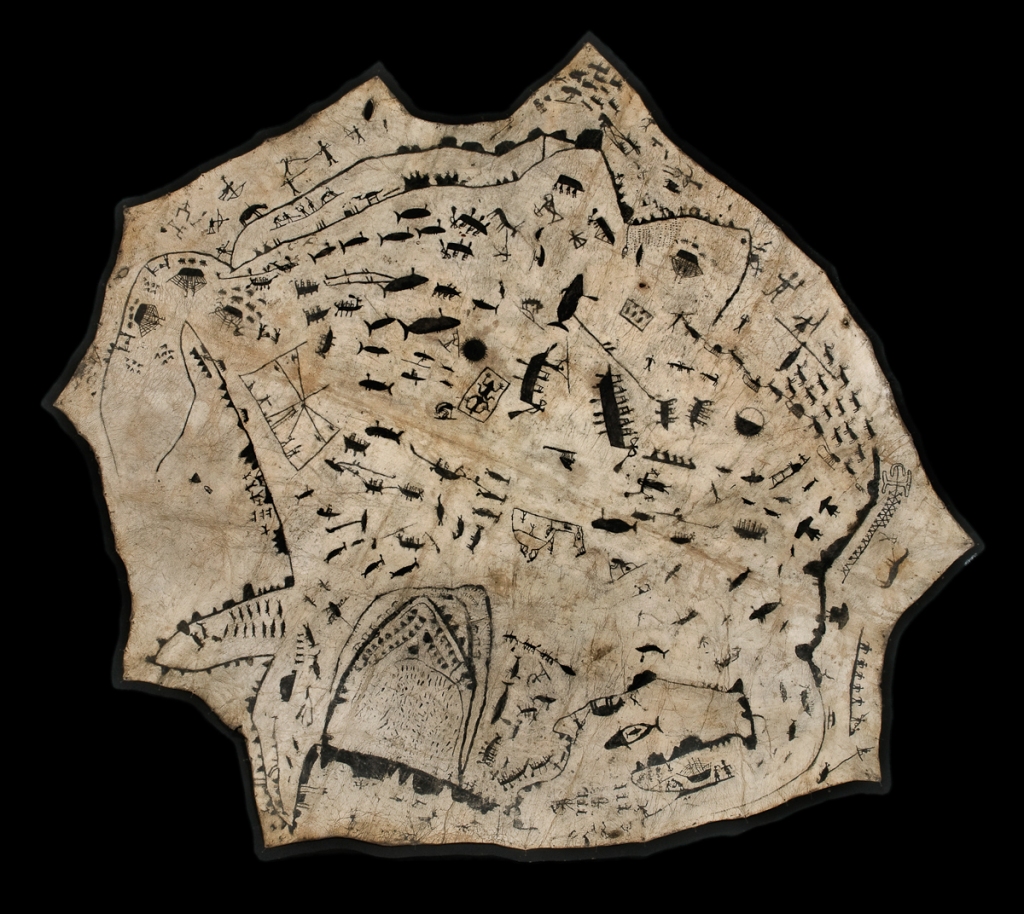
It was collected in the 1860s or 1870s, probably by the captain of an Arctic whaler. It was made by a member of the Chukot/Chukchi culture, and has been described by some authors as a map, and by others as depicting the events of a specific year. Much more information about it can be found on the Pitt Rivers website.
Her second source of inspiration was a display of barkcloths from Samoa. The example below was collected there in 1874 by the Reverend Joseph King.
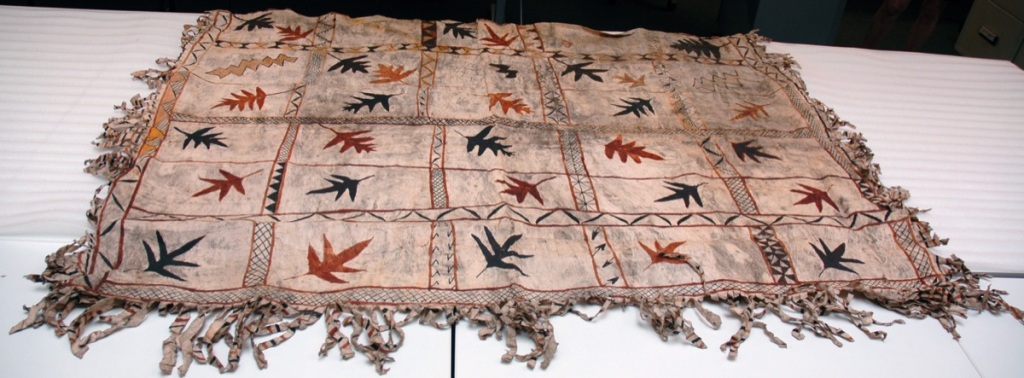
Pauline’s response to seeing these items was to produce a large quiltscape, incorporating some of these ideas and motifs. She has made a short video, detailing her creative process and I loved seeing the drawings she had made in her notebook, and how they eventually appeared in the finished piece.
Go to her website to see more of her work.
On Saturday 12 February Yorkshire auctioneers Tennant’s will hold a sale of Costume, Accessories and Textiles. While the majority of the lots are Victorian (including some super sewing accessories), there are also several from China, Japan and Eastern Europe. Click here for more details.
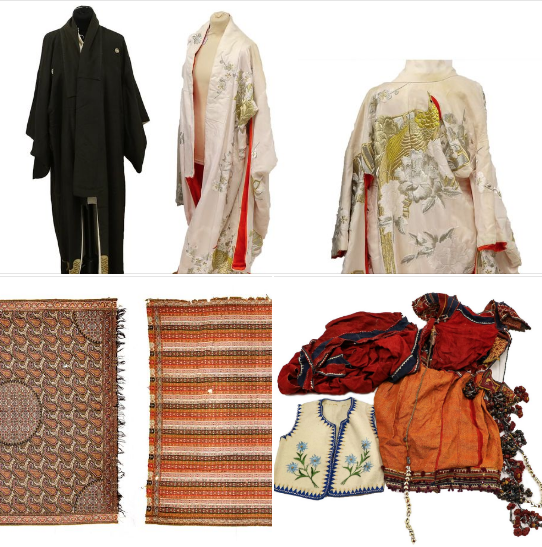
A quick reminder that there are also two talks taking place on that day. The first is by Tom Hannaher on the Mola Art of the Kuna Indians, and the second is by Chris Martens on Distinguishing Uyghur Feltmaking.
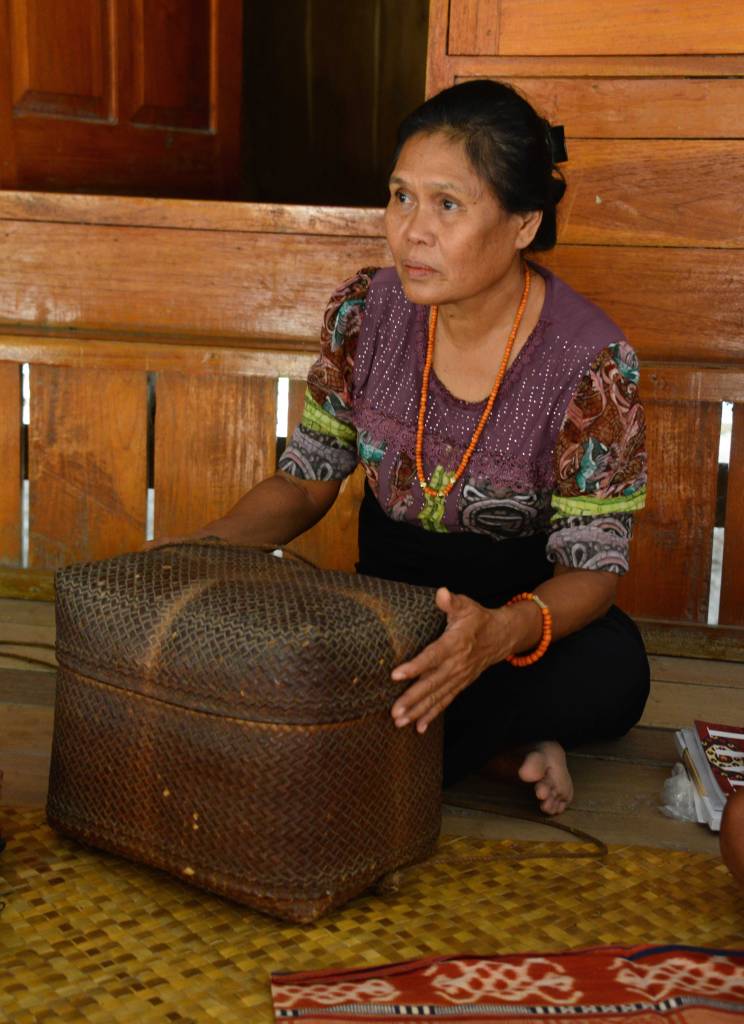
I have been travelling to Indonesia regularly for many years now, and one of my favourite destinations is the island of Sumba. We always enjoy going to Rindi, which has a great tradition of producing fine textiles and baskets.
A few years ago Threads of Life, a Bali-based organisation that works with weavers throughout the archipelago, produced a video there with Tamu Rambu Hamu Eti, documenting all of the different stages of the weaving and dyeing process. The video was in Sumbanese, however they have also produced this very useful and informative infographic in English, based on the information gained from the original video.
So much care and attention needs to go into each step, but the results are certainly worth it!
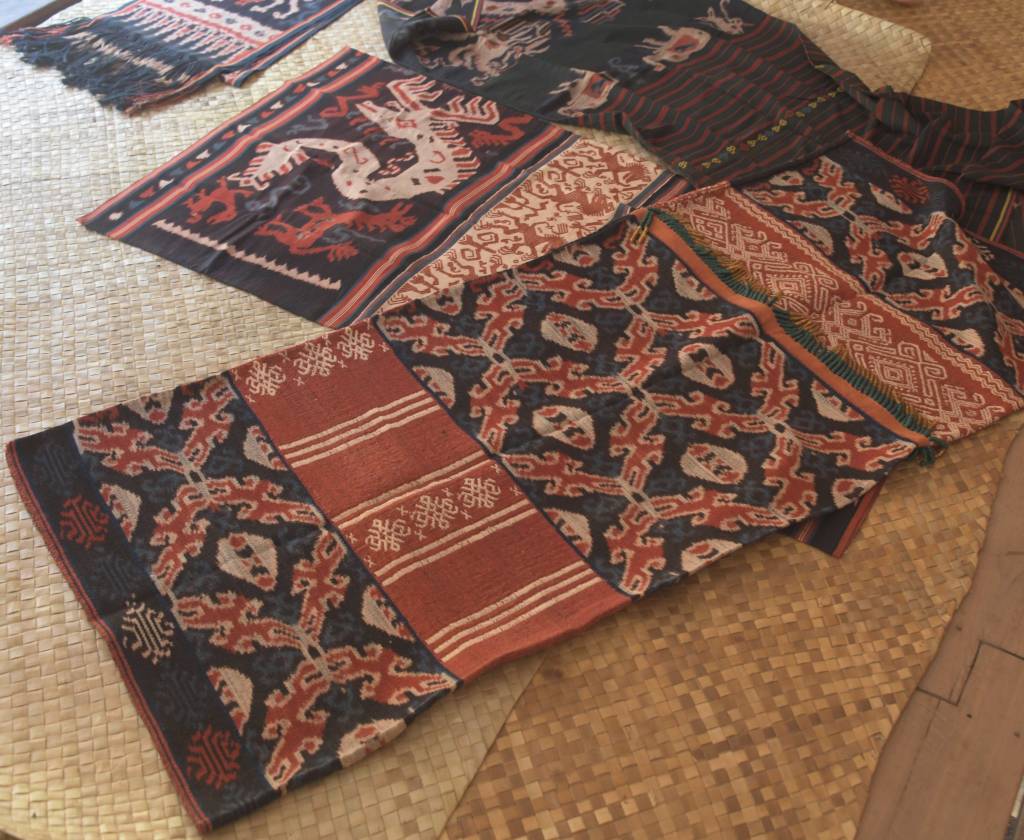
While on the subject of Indonesia I would also like to recommend this video, An Indian Loom in Indonesia, produced by OATG members Sandra Sardjono and Chris Buckley, in which they share some of the findings from their paper of the same name which appeared in Fiber, Loom and Technique.
“A loom in use in Balai Cacang village in the Minangkabau region of Sumatra has an unusual warp suspension system, in which the warp is attached to a cord and tensioned around a pole. We show that this system is similar to that used on traditional Indian pit looms, and that it probably crossed the Indian Ocean to Indonesia. Indian influence on Indonesian textile forms is well-documented, but this is the first identification of an Indian loom technology in Indonesia. It implies the presence of Indian craftspeople in Indonesia in the past.” – Fiber, Loom and Technique.
A pdf of the full article can be downloaded here.
Don’t forget to let me know if you hear of events, exhibitions, articles, or anything else you think I should include here!